Performance artist Roi Vaara interviewed by Gil Dekel.
Gil Dekel: Would it be correct to say that you are a ‘performance artist’? [1]
Roi Vaara: I am known for my performances, so yes, it is correct to say I am performance artist. But when I am asked what I do, I reply that I am an artist, originally a painter who now presents his visions in a live format. [2]
And you have mentioned that you use the most direct medium for your live performances: your own body. [3]
Yes, my live performances are meant to create a common ground with the audience, focusing on the basic existential human level through simple means. So, no special skills or special tools are needed here, and anyone could do what I do, which makes this kind of work very communicative. [4]
Your performances seem ‘silent’, like a silent film… Are you using sounds in your work? [6]
Usually I use the sound that the actions in the performance create, and only on rare occasion I use my voice. But this depends on the performance and what it requires. For example, in one performance I was standing on a high pedestal and I reached the ceiling. I couldn’t stand straight because of the ceiling, so I had to bend under it giving the impression that I was actually bowing in front of the audience. I accompanied that ‘gesture’ with a sound of loud applause… [7]
In your recent performance Wet Paint Handshakes you dip your hand in wet paint and invite the audience to shake your hand… What is the idea behind this work? [8]
I tried to create an art experience where everyone could feel something or at least think about something while I perform. So I offered a challenge: a call for a personal contact with another person whose hand is dipped in wet paint… [9]
I wear black tuxedo, which is the common formal gentleman’s suit, and the contrast between the black and white makes the performance visually prominent. After each handshake I wipe the white paint off my hands on my black tuxedo, so the tuxedo becomes ‘dirty’ with white. [10]
Video 1: Roi Vaara – Wet Paint Handshakes, 2010.
White colour seems a recurring element in your art. Is this correct? [13]
In the early 1980s I became known as the White Man following my performances in public spaces in Helsinki, Finland. The idea came to me from the notion of the white race, and so I tried to disappear in the landscape… I guess that colours carry different meanings within different cultures. Our experiences in specific cultures affect the ways we act and react in order to get satisfaction. [14]
What attracts you to perform? [16]
I am looking for ways to share moments of life with other people, and to convey feelings of existence through an art form that is direct. At first I started with doing paintings and installation works but I felt that performances would be much more direct. Then, when I was invited to perform in galleries, I had to rethink the way I do performances. My concern shifted into thinking how to include other media in my performances, such as drawing, painting, photo, text and so on. I think that even some scientific methods or tools can be useful in this trip; who knows… [17]
I assume that since you use your own body as a medium for your art, that I could ask how do you feel art relates to your daily life? Do you ‘live’ your art? [18]
I think that life is art in itself. Practical things which belong to daily life take up most of my time, and they are the source from which the ideas for my performances are coming. Instead of saying that I live my art, I rather say that art makes me live. [19]
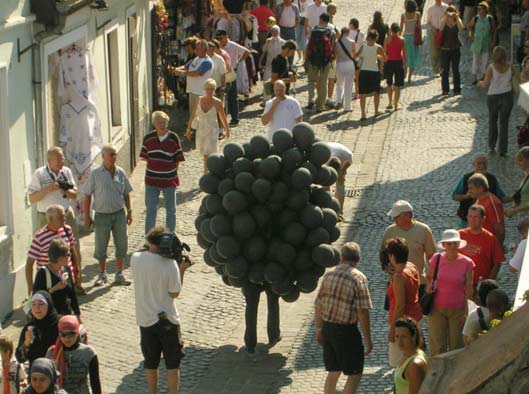
Figure 6: ‘Balloon Man’, street action (2007). Szentendre, Hungary, The International Performance Festival 2007. Photo: © Bence Regös.
How has your creativity developed over the years? [22]
Although I have done a lot of art works I still find it difficult to say if any development has occurred in my creative process… I am not sure whether the process of creating art has become easier or more difficult over the years. Creativity seems to be some kind of a current, a continuous process with some fast moments and some slow ones. It is important to keep on doing what you started with, and sooner or later you will find the right way to complete it. Art is about finding new ways. [23]
Some years ago I had a phase where I suddenly felt that I had done all I could do in art, and that there was nothing else for me to add. I could not see any reason to continue. Art is a living thing for me, so the problem was not a matter of technicality to solve, but a problem of a way of living. It was a bit strange, and I felt sort of empty and a bit blue. I thought that once I complete those performances I have already agreed to do, that I will then move on to find something else which will be more exciting than art. Having that thought in my mind actually helped me to accept the situation, and soon after, a week or two passed, and new ideas for art appeared in my mind… and with these new ideas I realised that I have become somewhat more free; free from anxieties I had before. [24]
And what happened that allowed for new ideas to come up? [25]
I just realised that there is nothing that I can do to change that; it is not in my hands. So I had to accept the situation. This acceptance somehow solved the problem. It made me leave behind all that I had done before and so I became more open to embrace new ideas and try new things. In some sense I had become more free in my relationship with art, and with life generally. This new way of seeing made it easier for new ideas to enter. I think that it is up to our personal beliefs alone how we see and understand things around us. [26]
Video 2: Roi Vaara – Follow Me, 2012.
You mentioned that your work is not intended to create public sensation but to challenge the way we are looking at things. Do you think artists can challenge without creating sensation? Your performances do seem to create sensations around them, don’t they? [27]
There are some types of art that seem as if they were designed to appear in the media for the purpose of making headlines. It might actually be the result of the media which seem to blow things out of proportion, and I think this is most prominent in the USA. I would like to call it the media market art. Such media market art seems to be sensational, provocative and spectacular by purpose. [28]
I am not interested in this form of art per se. My art is designed for the purpose of having a direct communication between one person and another, and it doesn’t require the amplification or manipulation of the mass media. In order to make this point clear I have said that I intend to challenge, not to create sensations. In any case my art doesn’t seem to interest the media too much, and that is ok with me. [29]
Why do you create art? [30]
A good art experience is for me like a powerful feeling of being alive. It is like being under a spell or a trance. I feel energized, happy and satisfied, and I wish I could trigger such experiences in other people as well. [31]
Art is an energy work, and a good work enlivens me, sort of raises me up above the everyday experience. A bad work makes me feel dead. So, I create art in order to participate in the process of the continuous creation of the world. [32]
What is that process of ‘continuous creation of the world’? [33]
Well, things happen all the time around us; that is the nature of life. Life is a dynamic system and we do what we have to do. Each circumstance creates characteristic, both in the physical and the spiritual realm. When circumstances change, the ways we look at things change as well and new opportunities appear. Art can show us the image of ourselves in the changing world. I believe that the world is in a continuous state of change, and thus the creation of the world continues. [34]
What inspires you to create your art? [36]
Life is like a puzzle, and it can be very satisfying to figure out things and create order using different elements. This order is a kind of a proposition for how things might be, or will be at least for a moment… It is inspiring to find new surprising ways about life, and for me the everyday life and other cultural phenomena are the sources for inspiration. [37]
How does the ‘everyday life’ inspire you? [38]
When I was a young painter I lived in the countryside, and I was fascinated to see that each evening the sunset looked different; it was never the same. I could look at that and at other natural phenomena for hours. What I learned is that it did not make much sense to try to catch those phenomena in paintings or in photos, because they were much richer in reality. Since we are as much part of the biosphere as a sunset is, the complexity of life remains an inexhaustible source for art. From this point of view everybody is not an artist, as Joseph Beuys manifested, but rather everybody is art itself, I would say… [39]
» About interviewer Gil Dekel, PhD…
5 November 2008. Images © the photographers. Publishing rights © Gil Dekel. Text © Gil Dekel and Roi Vaara. Interview conducted via email correspondence (June-July 2008). Video 1 added 27 June 2012. Video 2 added 13 Jan 2013. Roi Vaara is based in Finland. Gil Dekel is based in the UK.

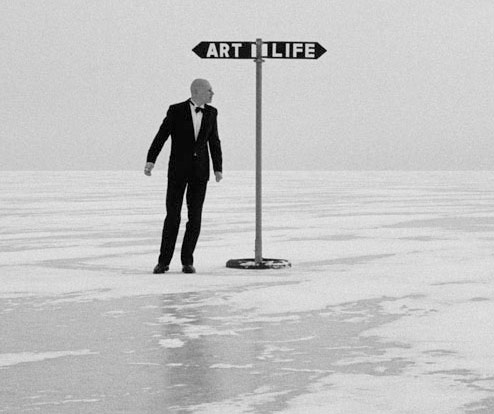
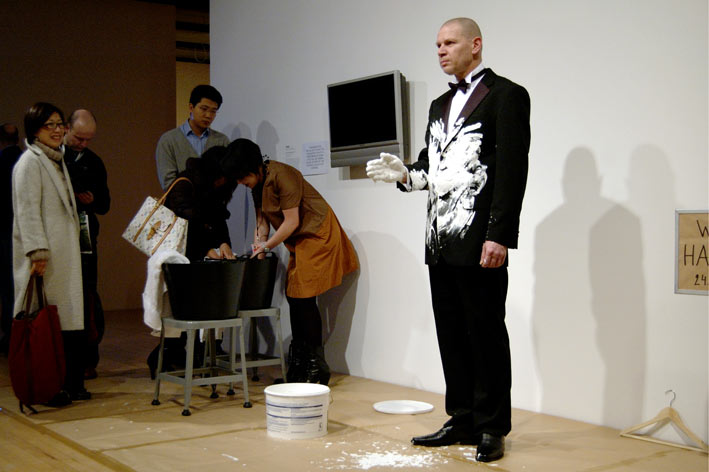
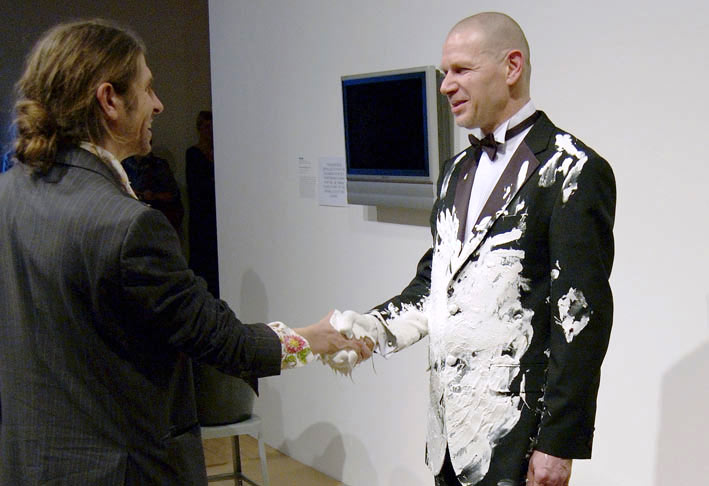
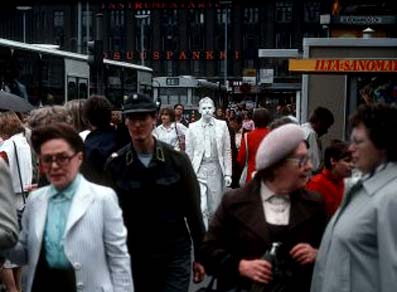
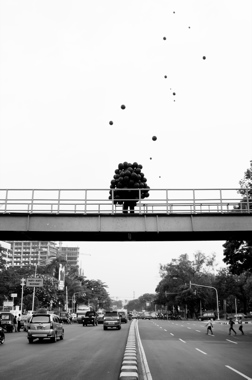
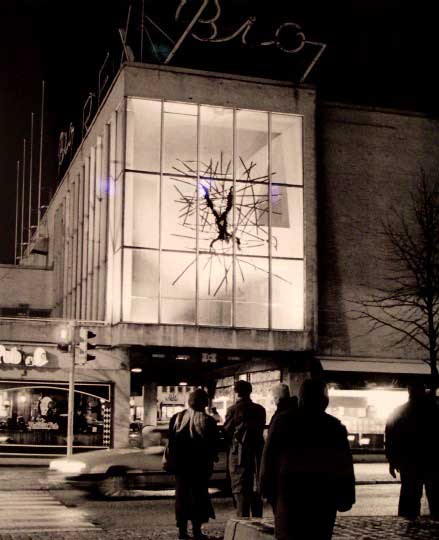
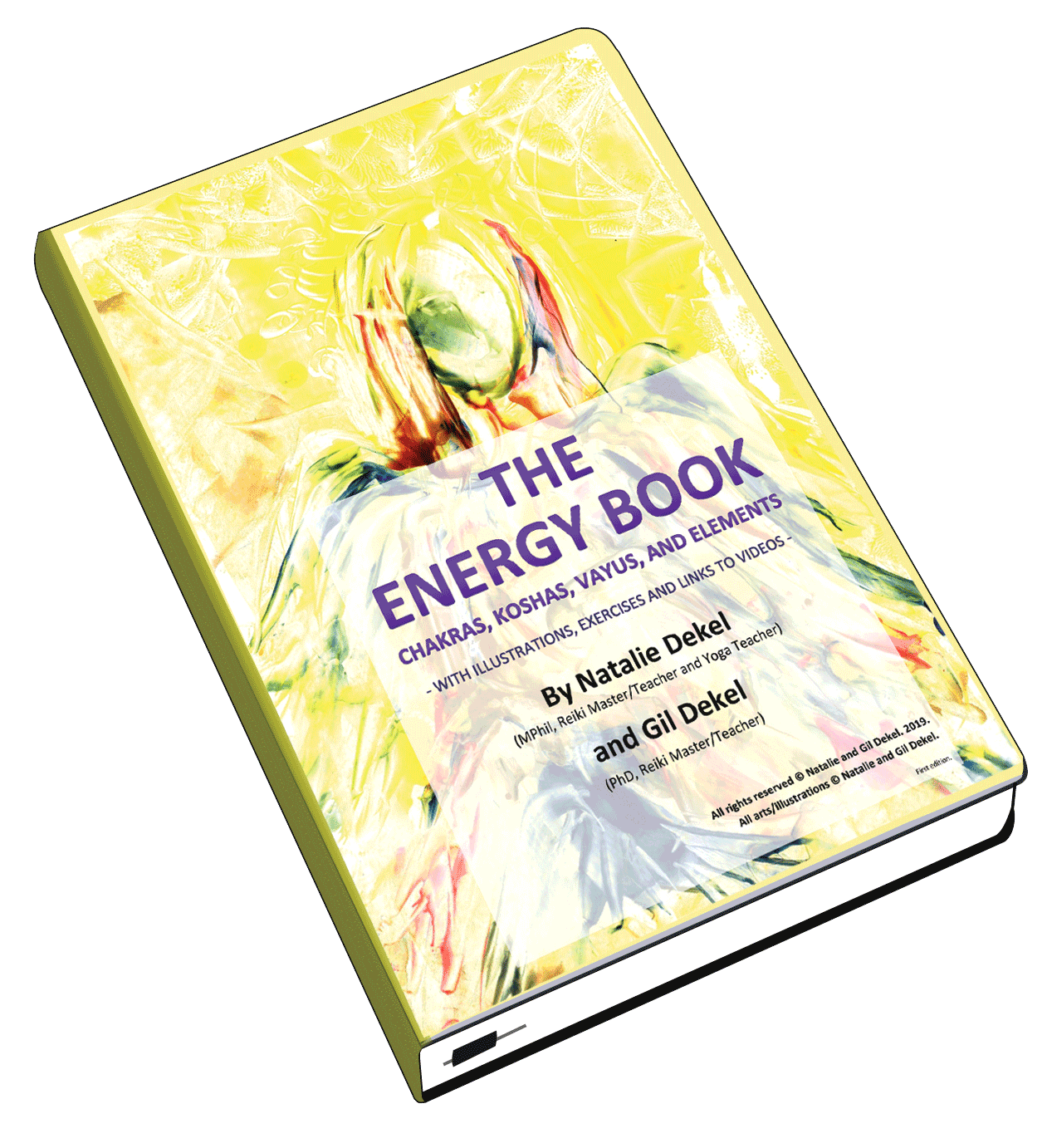
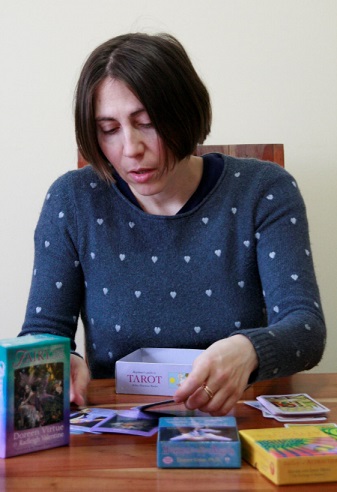 - Reading with Natalie, book here...
- Reading with Natalie, book here...